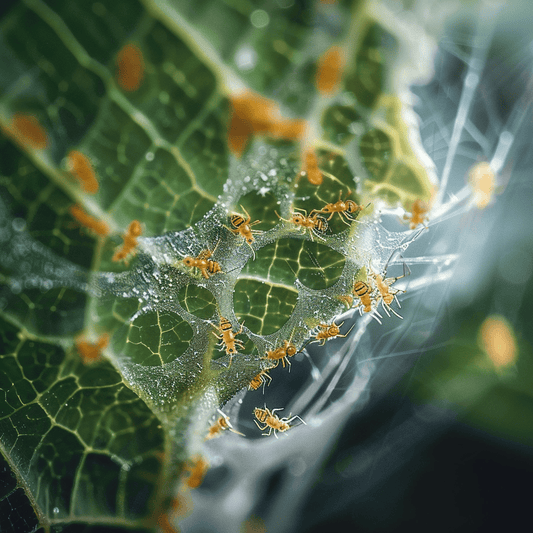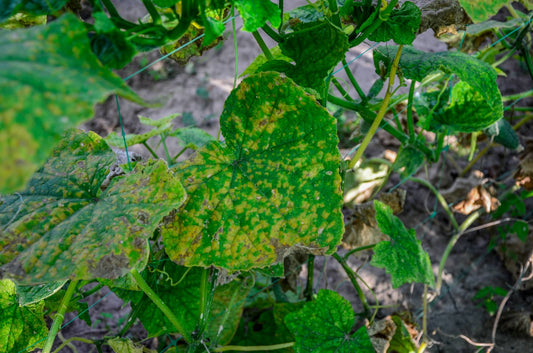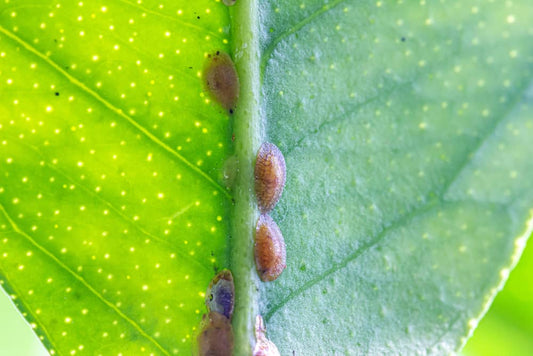Broad mites (Polyphagotarsonemus latus) are minuscule pests that can cause extensive damage to hydroponically grown plants, making them a significant challenge for growers. Their small size and quick lifecycle necessitate vigilant management practices to prevent and control infestations.
Recognizing Broad Mite Damage
Broad mites attack new growth, leading to stunted, curled, twisted, or distorted leaves with a shiny or bronzed appearance. Their damage can often be mistaken for viral infections or nutrient imbalances.
Life Cycle and Conditions for Growth
These pests can complete their lifecycle in just 5 to 7 days under warm conditions, rapidly increasing their population. They thrive in high humidity and temperatures between 20°C to 30°C (68°F to 86°F), conditions often found in hydroponic systems.
Preventive Measures
Preventive strategies include strict quarantine measures for new plants, optimal air circulation, humidity management, and regular inspections to catch early signs of infestation.
Treatment Strategies
Treatment involves removing and destroying heavily infested plants or plant parts and carefully applying miticides or horticultural oils. Additionally, two home remedy treatments can offer natural solutions for managing broad mite populations:
Home Remedies for Broad Mites
1. Neem Oil Spray
- Ingredients: 2 teaspoons of neem oil, 1 teaspoon of liquid soap, 1 liter of water.
- Instructions: Mix neem oil with liquid soap in water to emulsify. Spray onto affected plants, ensuring to cover the undersides of leaves. Neem oil disrupts the mites' life cycle, preventing reproduction. Apply every 5-7 days or following significant watering events, testing a small area first for plant tolerance.
2. Peppermint Soap Spray
- Ingredients: 2 tablespoons of peppermint castile soap, 1 liter of water.
- Instructions: Dissolve peppermint soap in water. Spray thoroughly on plants, focusing on signs of mite activity. Peppermint soap can dislodge mites and act as a deterrent. Reapply every few days until control is achieved, avoiding the hottest parts of the day.
Monitoring and Maintenance
Regular monitoring with magnification aids early detection, which is crucial for effective management. Keeping the growing area clean and free of plant debris reduces broad mite habitat and breeding grounds.
Integrated Pest Management
Combining these home remedies with an integrated pest management strategy, including cultural, physical, and biological controls, is essential for effectively managing broad mite populations in hydroponic systems. Severe infestations may require professional advice and the use of specific miticides compatible with hydroponic cultivation. Consistent application of preventive measures, vigilant monitoring, and timely intervention can help maintain healthy, broad mite-free hydroponic gardens.




